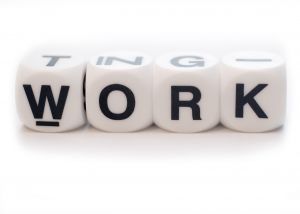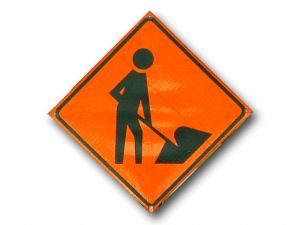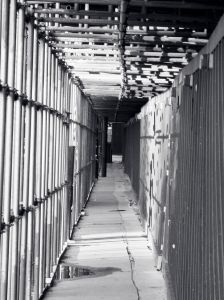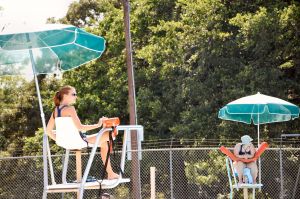A new compliance assistance tool is now available to employers to help reduce the risks of workplace falls that can cause serious injury or death to residential workers. The Occupational Safety and Health Administration (OSHA) offers the new educational presentation on their website. This new tool is one of many that OSHA has created to help reach employers and employees to educate them about residential construction dangers and help them to stop these dangerous work accidents in Boston and elsewhere throughout the country.

Late last year, the Administration withdrew a former interim directive that allowed residential construction workers to bypass some fall protection requirements. OSHA sought to reverse this directive as falls continue to be the number one cause of death for construction workers.
Many of our laborers face a high risk of injury while on the job in our state. Our Boston workers’ compensation lawyers would like to remind these employees that it is the responsibility of your employer to meet all federal safety regulations on the job site. If an employee suffers from an on-site injury, the company is responsible to provide adequate compensation for the injury, the recovery process and lost wages.
“Fatalities from falls are the number one cause of workplace deaths in construction. We cannot tolerate workers getting killed in residential construction when effective means are readily available to prevent those deaths,” said Assistant Secretary of Labor for Occupational Safety and Health Dr. David Michaels. “Almost every week, we see a worker killed from falling off a residential roof. We can stop these fatalities, and we must.”
Statistics continue to show that fatalities from falls are always high for residential construction jobs. The Bureau of Labor Statistics reports that roughly 40 workers die every year because of falls from residential roofs. About a third of these deaths represent Latino workers that oftentimes lack sufficient access to safety protection and information. Latino employees make up more than a third all construction employees across the country.
This new OSHA presentation illustrates a number of safety methods that should be exercised to prevent falls that oftentimes result in serious or fatal injuries. The presentation also explains techniques that employers currently exercise during the various stages of construction, including the use of personal fall arrest systems, safety nets, guardrails, lanyards and lifelines. Employees who should be using these safety measures usually perform activities including installing walls and subfloors, installing roof sheathing and weatherproofing a roof.
OSHA expects that even more advances in the design technologies of fall protection equipment will be triggered by the demands of employers, who may encounter compliance difficulties on various work sites.
Continue reading
 Massachusetts Workers Compensation Lawyers Blog
Massachusetts Workers Compensation Lawyers Blog








